Prime Time
THURSDAY, MARCH 21, 2024
JOHNSTON SUN RISE
THURSDAY, MARCH 21, 2024
JOHNSTON SUN RISEThe usual style of my columns is snarky sarcasm or social satire. This month’s essay is more whimsical. As with many of my others, it was inspired by items in the news and then acquired a life of its own.


RETIREMENT SPARKS
by ELAINE M. DECKERMany local libraries are hosting fun events for children in their communities: sleepovers for their cherished stuffed animals. The child brings the stuffy to the library and leaves it overnight. The library takes pictures of all the toys together and when they’re picked up by their owners the next day, they go home with a photo documenting their adventure. No word on whether they have to arrive with pajamas.
Most of us assume that sleeping with a favorite teddy bear must end once we become “grown ups.” It turns out science has a different opinion about this.
Recent studies suggest that adults would actually benefit by cuddling with a stuffed toy in bed at night. Apparently, this helps you relax. I’d try it, but I already have two cats that sleep with me. I doubt they’d move out of the way to make room for a stuffed animal. My husband has learned to give way to the cats. I think he’d draw the line at a stuffy. This reminds me that I never had a teddy bear as a child. Now I have a collection, and one of my cats steals them when she “hunts” at night. I had a few dolls, just no bears. I also had two large stuffed donkeys when I was in high school. I have no recollection of how they came into my possession. I do remember taking pictures of them to put in the school newspaper to promote a special event. Our faculty played our seniors in donkey basketball. You read that correctly: donkey basketball. I don’t remember who won.
Some grade schools have students send stuffed mascots to family and friends, asking them to document the mascot’s travels. The goal is to have it go around the world. My brother Rick’s daughter Jennifer sent me the owl Pueo from her Punahou School in Hawaii. I took pictures of
it in front of the Rhode Island State House. My husband had one of his relatives bring it on a visit home to India. I’m quite sure that owl traveled farther than most stuffies. Recently a teddy bear was left on a plane. The pilot took him into the cockpit until his owner was located. I doubt that bear made it beyond Europe.
A favorite childhood stuffed toy that I do remember was Zippy the Chimp. He was a live chimpanzee on the Howdy Doody Show in the 1950’s. He even appeared on the Ed Sullivan Show several times. I received him from Santa Claus and I loved him. Zippy eventually found his way to live with my nephew Barry in Vermont. Barry had visited my parents’ home in New Jersey and refused to part with the chimp when it was time to go home. I was in college by that then and was happy to have Zippy start a new life. It turned out to be quite an eventful one in Vermont.
Barry dragged Zippy everywhere, to the point where his clothes were in tatters. I remember my sister Barbara telling me that she finally took Zippy to a local department store to buy him new overalls in the toddlers department. She received some strange looks from other shoppers as she held each pair up to the worn out stuffed chimp to see if they would fit him. They were all too long; Zippy had stubby legs. But she just rolled the pants up a few times and pronounced the shopping trip a success. Barry was thrilled, because they were bright red, just like his original pants.
Barbara might have been tasked with Zippy’s clothing replacement, but her husband Bob was required to handle his medical work. Bob was an ophthalmologist who often performed eye surgery. Poor Zippy was dragged around so much that one of his plastic hands eventually started to separate from his fabric arm. One day Barry brought him to his father to have surgery to repair him. Bob originally planned to use regular sewing thread but Barry would have none of that. Zippy’s surgery had to be done with medical grade suture thread. And so it was. The things we do for love!
Indeed, love is what best explains the enduring appeal of stuffies. I hope this essay has stirred up some memories of your own favorite stuffed toys!
Copyright 2024 Business Theatre Unlimited
Elaine M. Decker’s books include Retirement Downsizing—A Humorous Guide, Retirement Sparks, Retirement Sparks Again, Retirement Sparks Redux and CANCER: A Coping Guide. Her essays appear in the anthologies: 80 Things To Do When You Turn 80 and 70 Things To Do When You Turn 70. All are available on Amazon. com. Contact her at: emdecker@ix.netcom.com
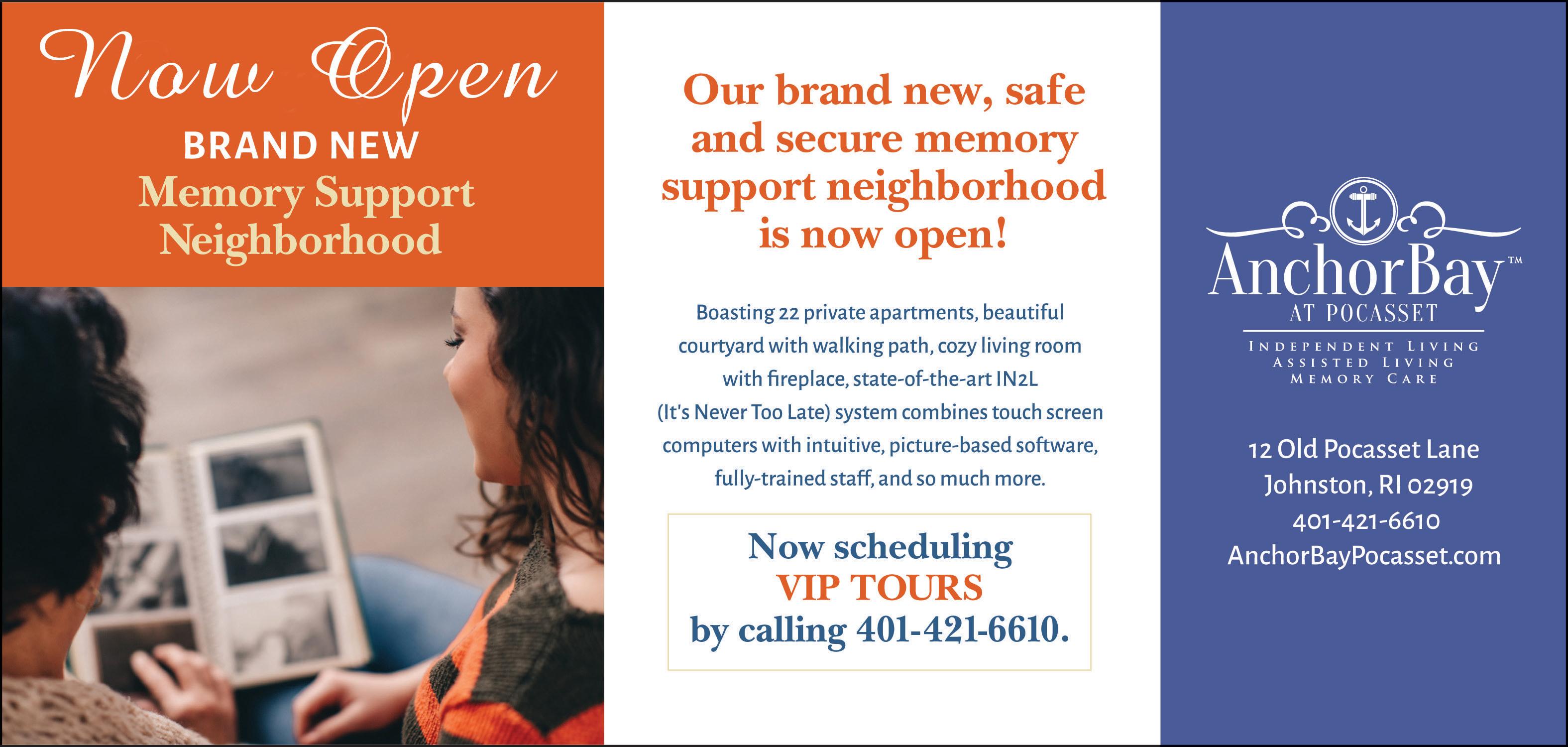

This state-of-the-art Memory Care Assisted Living Residence in Johnston provides compassionate care to those with Alzheimer’s Disease, dementia and other memory-loss conditions.
When the plans were being drafted for Briarcliffe Gardens, a memory care assisted living residence tucked away on Old Pocasset Road, just off Central Avenue in the shady woods of Johnston, owner Akshay Talwar, and his team poured over every detail. Every design decision was based on thorough dementia research and experience. Every detail, from the amount of light that bathes the community rooms to the placement of furniture, was implented with the intent of enhancing the quality of life and the safety of the residents of this busy center.
As soon as one walks through the doors of Briarcliffe Gardens, these research-based design features are immediately apparent. Nothing here looks haphazard or unplanned. Visitors and residents alike experience a “sensory journey” as they tour the residence. There is a feeling of spaciousness, light and openness here which appeals to all the senses and which dispels the feeling that one is in a secured environment.
To start, Briarcliffe Gardens is built entirely on one floor with dining and living spaces in the center, forming the social core, much like one’s own kitchen. On any given day, this warmly-lit open space area is filled with residents who are being guided through crafts, games or socialization experiences. In adjoining rooms, it is not uncommon to see residents engaged in therapeutic activities such as seated yoga, tai chi, pet and music therapy. The single-occupancy bedrooms all have outside windows and line the perimeter of this common center space. Numerous skylights provide diffuse sunshine during daytime and natural and artificial lighting are balanced to create a seamless transition between daylight and nightfall. The colors, light, and air temperatures throughout are all coordinated in a concerted effort to comfort residents who might be prone to agitation or irritability.
As the tour continues, one will find a 24-hour retro-design diner, a movie hall, specially adapted recumbent bikes, a Wii gaming center, a hair salon/barber, a sunroom for meditation and, in the spring/summer, a courtyard with fruit-producing trees, walking path and patio. The caregivers and administrators of this progressive memory care center have considered every aspect of their residents’ lives and work diligently to anticipate their every need.
From the time when the first ground was broken on Briarcliffe Gardens, this state-of-the-art memory care assisted living residence’s primary mission has been to provide a secure, nurturing and vibrant community for its many residents.
When family members are considering a possible long-term stay for a loved one who suffers from health concerns like Alzheimer’s Disease/Dementia, Briarcliffe Gardens offers so much more than exceptional care. It exemplifies everything that a memory-care residence should be ~and can be ~ in this modern age.
To schedule your personal tour of Briarcliffe Gardens, call 401944-2450. For more information, you can also visit them at www. briarclifferi.com or visit their Facebook page, Briarcliffe Gardens Assisted Living.

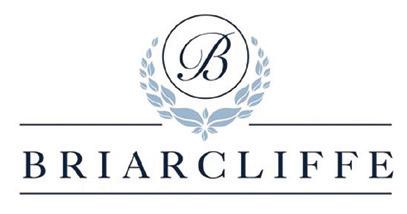
 MY MEMOIRS
by SUSAN DEAN
MY MEMOIRS
by SUSAN DEAN
Writers and philosophers have long pondered the meaning of life. I believe that we are more than just an accident of nature developing into humans who then simply grow and die. The joys, the sad times, our successes as well as our tough times - the lessons we learn from it all - certainly our life experiences hold some kind of meaning in the grand scheme of things. And so I’m forever looking for meaning in the simplest happenings of the day.
It was late spring melting into early summer a few years ago, and I was walking on a path between two hedges to get across the lawn of the property where I work. The day was clear and bright and I was heading to the gardens to see what was in bloom and to spend a bit of time in the warm spring sunshine. I came across a large black feather lying perfectly horizontally across my path.
“Hmmm,” I thought, “this must mean something.”
So I picked it up and stuck it in my writing notebook. After much contemplation I decided that the feather was meant for my friend, who was also my coworker, and who was well-versed in spiritual matters and symbolism. And I knew that she considered the black crow to be one of her animal totems - a spirit guide from the animal kingdom.
I had already started work - we work a seasonal jobbut my friend hadn’t started yet and wasn’t exactly looking forward to it. So after deep thought about the black feather I decided that the message was crystal clear and I relayed it to my friend.
“Your first day will run smoothly and easily and you will have an enjoyable and uplifting work experience this season.”
My friend’s first day back was disastrous - there were many more downs than ups and a multitude of glitches and difficulties came her way.
So much for my powers of interpretation when it came to “reading” feathers.
“Clearly,” she told me, “the feather was meant for you. Think about what its message might be.”
So I held the feather, and contemplated the feather, and stared at the feather, and talked to the feather with my eyes closed, but nothing meaningful presented itself. No message - no profound revelation as I stared at this single shiny black feather in my hand.
A few weeks later I was sitting in a park under a tree reading when I felt a rather heavy “thwump” on my head. My first thought was that a very large bird had let loose with a very large load of bird “doo doo” that landed in my hair. A terrible case of being in the wrong place at the wrong time. I let out a startled squeal and reached up. My squeal turned into a screeching shriek when my hand touched a plump collection of feathers.
An entire bird - all black - with shiny beady black eyes and an open squawking beak came tumbling down off my head and into my lap and then onto the grass in front of me as I toppled off my chair screaming wildly.
We stared at each other as I slowly regained my composure. The bird continued to eye me closely before waddling off, then took to the air and flew away - none the worse for its unusual landing choice.
Surely, I thought, this certainly must mean something. I didn’t get the message from a single black feather, so maybe I needed to get hit over the head with a whole collection of black feathers. I continued to ponder the matter.
Several weeks later I was again at work, and on my lunch break wandered through the gardens again. As I was returning inside my friend pointed to my head and said, “You’ve got a caterpillar in your hair!”
I shook my head and a rather large green and fuzzy caterpillar dropped to the ground. After we finished laughing, my friend said, “Black feather, black bird, caterpillar - think about it - no, forget thinking - you’re trying too hard - use your intuition. What’s the first thing that pops into your head? The head that keeps getting plopped on?”
My first thought on this warm, sunny, picture-perfect summer day was that it was the 25th anniversary of my mother’s death. And the caterpillar landed on my head right around the time of my mother’s passing on that longago summer afternoon. Was my mother trying to tell me something?
Black feathers are all about hope and optimism and leaving old baggage behind. We can leave behind what no longer serves us. Fears and anxieties should start to fade away. Caterpillars are symbols of metamorphosis, growth, and change.
My mother grew up during the Great Depression. I know only snippets of her childhood experiences and her young adult years. She became a nurse but only worked until she married. Hers was the generation when married women - especially those with children - didn’t work outside the home. But through the years I sometimes noticed a wistfulness in her.
She talked about possibly returning to nursing someday - especially when my brothers and I were in school and well beyond needing fulltime care.
But my father wasn’t supportive and my mother said that she’d need to take “refresher” classes anyway as the field had changed so much (and this was way before computers) and so it wasn’t possible - just a silly pipe dream.
She talked about getting a bachelor’s degree to add to her RN diploma and I remember her excitement as she headed off to night classes when I was still in elementary school. But this faded away, too, lasting only a semester - maybe two.
My mother volunteered at the hospital for many years and only after my father died did she work part-time doing some home health and visiting nurse work.
When I was returning to school for my masters degree my mother asked me,
“Don’t you just want to be a housewife and a mother?”
Despite the fact that although I did own a house and was definitely a mother, I was no longer a wife. My mother always listed her occupation as “housewife”.
My mother often expressed fears about my venturing out into the world during my growing up years, especially when I wanted to try something new or different. And she may have harbored self-doubts, too, resulting from her own up-bringing as well as from generational limitations that were in place during her lifetime.
Pondering this, I thought about some of what I had been feeling in the weeks prior to my experiences with feathers, birds, and caterpillars. One of the major changes I had made that spring was taking voice lessons. I had been singing for years in choruses but had never actually taken a lesson. I enjoyed my lessons immensely - amazed at how much I didn’t know and fascinated with all that I was learning. But my excitement was laced with much self-doubt. I couldn’t shake the questions of “Am I good enough? Am I kidding myself? I’m not a soloist so why am I doing this? Am I even a singer at all? Am I worth what it’s costing?” and on and on.
Caterpillars symbolize growth and change and birds shed their feathers. Perhaps it was time to shed a wellingrained habit of self-doubt about trying something new and adventurous - this time with my mother’s blessing. There are many mysteries involved in this business of living. Nature’s variety alone is one of them. Perhaps we’re meant to notice and learn. Maybe the feather, the bird, and the caterpillar were just that - a feather, a bird, and a caterpillar. Or maybe they were meant to teach me something. Either way, they connected me to my mother and opened my heart to myself - I can shed what no longer serves me.
As nature awakens this spring, what wonders will I see? There’s a mourning dove sitting in a nest in the gutter at the corner of our house. This is the third April that she’s nested there - if it’s the same dove. I read that they often do return to the same nesting site year after year. I also read that they represent hope, renewal, transformation, and love. They assure us that our departed loved ones are still with us, offering love and support from the spiritual realm. They are symbols of feminine energies, motherhood, and nurturing.
Perhaps this mama is teaching me something, too. My voice lessons have continued. I’m learning steadily and having fun and I’m still enthralled with the whole process. I’m so glad that I put those doubts away and stuck with it. And I know that my mother is smiling with love, support, and approval - because it’s never too late to spread our wings and fly.

“The human contribution is the essential ingredient; it is only in the giving of oneself to others that we truly live.”
– Ethel Percy Andrus, AARP Founder.Put your time, knowledge, experience, and talent to good use by making life better for people 50 plus and their families and caregivers. As an AARP volunteer you will have opportunities to:
• Take on new challenges
• Be creative
• Learn new skills
• Enjoy flexible time commitments
• Volunteer from home or in your community
• Benefit from high quality training and education
• Meet new people and create connections.
I invite you to explore AARP Rhode Island’s many volunteer teams that are making a big impact in our state. There’s sure to be an opportunity or two that you would be the perfect fit for.
Join our committed advocacy team and fight for people 50-plus on Smith Hill. Our advocacy team pushes for state legislation to create affordable & accessible housing, support caregivers, improve long-term care, lower the cost of prescription medicines, set up new retirement savings options and more.
Miss the theater? Be center stage or backstage for our Speakers’ Bureau and be a part of the team that helps deliver community presentations (both in-person & virtually) on topics such as fraud protection, caregiving, understanding Social Security, and the six pillars of brain health.
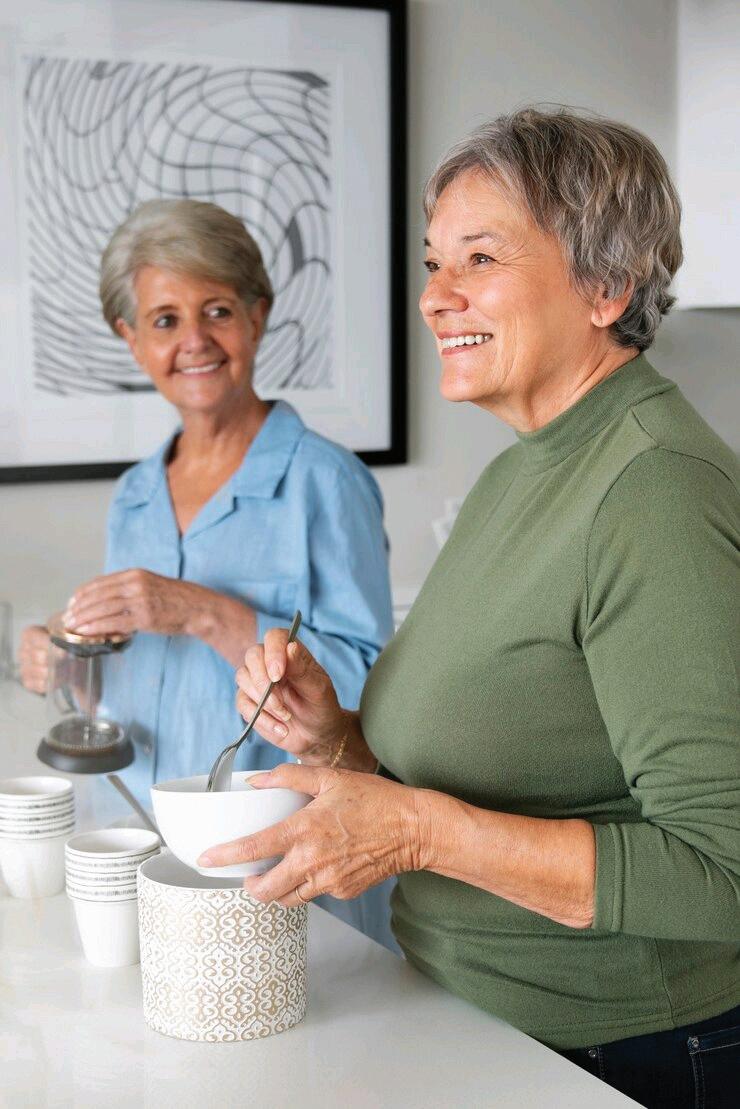
Our volunteers are committed to making the communities we live in better for people of all ages and abilities, making them all more livable. The Livable Communities volunteer team works with local governments & community leaders to make Age-friendly improvements to cities and towns throughout the state. Learn about AARP’s Livable Communities work and contribute to the existing efforts in Bristol, Cranston, Newport, Providence, Westerly, and other communities.
If you’re extra comfortable with technology, check out our virtual program production team to help fellow volunteers learn about and use the Zoom platform to engage participants in our exciting online programming. Tech-savvy volunteers also support AARP Rhode Island staff in helping our volunteer teams manage their roles, communicate with each other, and more.
If you prefer a more personal touch, join our public engagement team, and represent AARP Rhode Island at community events, health and senior resource fairs, and partner agency conferences throughout the state to share AARP’s trusted information and resources with the public.
Finally, if you have a background or strong interest in writing and communications, our volunteer communications team writes social media posts, blog posts, web articles, and letters-to-the-editor for local newspapers and hyper-local websites that help tell AARP Rhode Island’s story in print and online.
Turn a lifetime of experience into the experience of a lifetime when you become an AARP Rhode Island volunteer. Find out more and contact us at aarp.org/rivolunteers.
AARP is the nation’s largest nonprofit, nonpartisan organization dedicated to empowering people to choose how they live as they age. We do a lot of great & meaningful work in the Ocean State, and you can be a part of it. Learn more and sign up to volunteer at www. aarp.org/RIvolunteers

April Events
April 23- Tai Chi/ Qi Gong
April 23- Tuesdays at the Statehouse
April 18- Healthy Cooking
April 24- Laughter Yoga
Learn more & sign up at aarp.org/RIevents

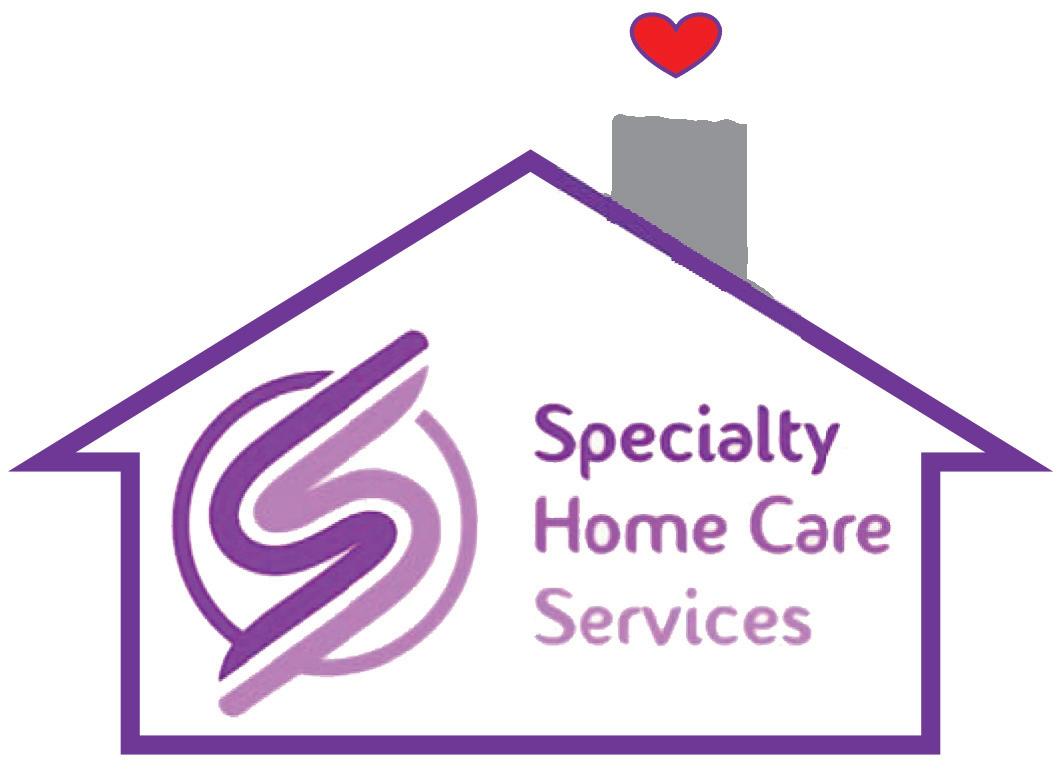

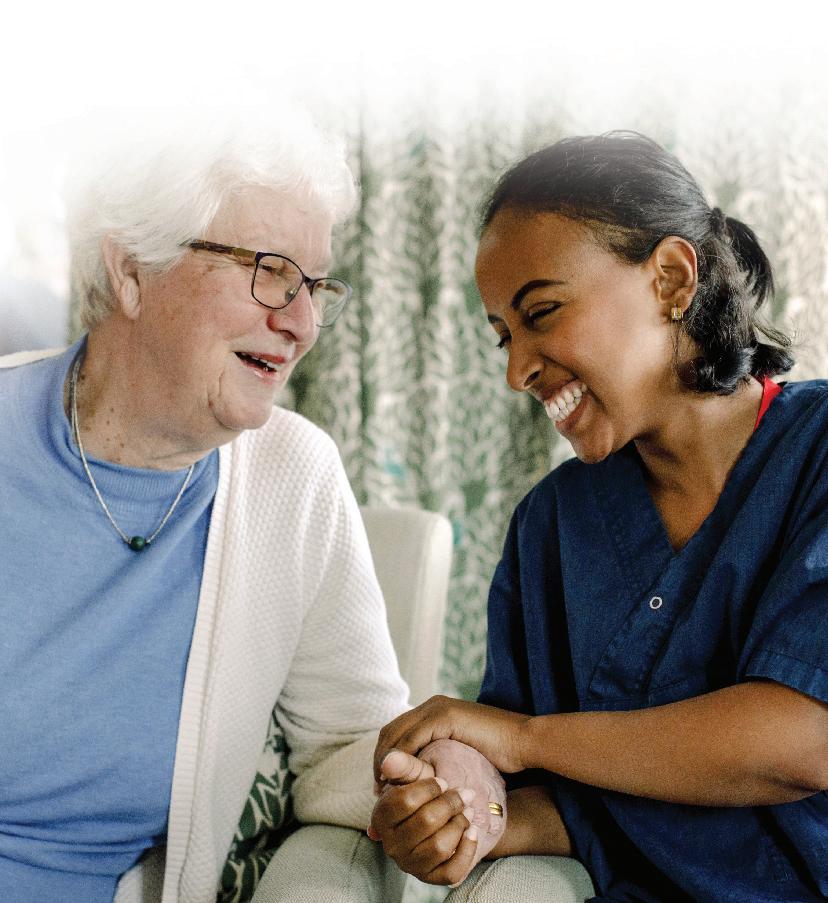
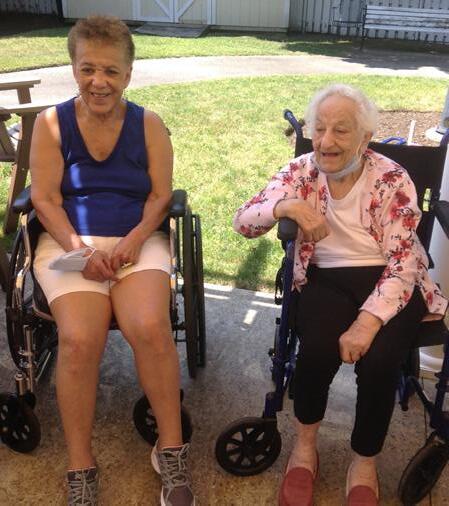

“The use of cannabis products by older adults has been a topic of discussion in our blogs for the past few years, especially since the legalization of cannabis for medical and recreational purposes in most of New England,” stated professional fiduciary and certified elder law Attorney RJ Connelly III. “We’ve emphasized the importance of understanding that individuals can have different reactions to cannabis, and these reactions can vary each time they use it. The potency of THC (Tetrahydrocannabinol, the principal psychoactive constituent of cannabis) in the plant has increased significantly over the years.”
This statement is indeed true. In 1994, variations of the plant contained about 4% THC, but today, these amounts have spiked. According to a National Library of Medicine study, the drug’s potency has tripled. This means that baby boomers who have used cannabis in the past may have a far different experience with it today. Additionally, older adults need to be particularly cautious, as age-related changes can make them more vulnerable to potential harm from cannabis use. They are a vulnerable group due to interactions with medications, impaired driving, adverse mental health effects, and an increased risk of falls and memory issues.
A recent study suggests that daily cannabis users have a 25 percent increased risk of a heart attack and a 42 percent increased risk of a stroke. This new study, published recently in the Journal of the American Heart Association and funded by the National Institutes of Health, revealed that cannabis smoke raises the risk of heart attacks similarly to that of tobacco smoke.
Abra Jeffers, a data analyst at Massachusetts General Hospital in Boston and a former researcher at the Center for Tobacco Control Research and Education at the University of California, San Francisco, stated that cannabis use should be considered an increased risk factor for heart disease, along with other substances. “We know that toxins are released when cannabis is burned, similar to those found in tobacco smoke,” said Jeffers. Researchers have long been aware of the association between smoking tobacco and heart disease, and this research provides evidence that smoking cannabis may also be a contributing factor to cardiovascular disease, which is the leading cause of death in the United States. This suggests that cannabis use could be a significant but often overlooked risk factor for heart disease.
Dr. Salomeh Keyhani, a professor of medicine at UCSF and the senior author of the study, also stated separately that as the use of cannabis surpasses that of tobacco, cannabis use could potentially surpass smoking as a leading cause of heart disease, meaning that cannabis use alone could become a more significant risk factor.



The number of Americans aged over 65 who have reported using marijuana has nearly tripled over the past decade. According to a well-regarded federal survey on drug use, the percentage increased from 11 percent in 2009 to 32 percent in 2019.
Frequent use of cannabis on a daily or near-daily basis can pose significant risks to both physical and mental health. In addition to potentially increasing the risk of heart attacks and strokes, long-term cannabis use has been associated with a heightened likelihood of experiencing psychosis and schizophrenia. It can also exacerbate symptoms of anxiety and depression and impair memory, focus, and decision-making abilities.
Regular smoking of cannabis can lead to various respiratory issues such as a sore throat, hoarse voice, persistent coughing, wheezing, chest tightness, and chronic bronchitis. Cannabis also has the potential to interact with a wide range of medications, which can have significant implications for a senior’s health. These medications include pain relievers, heart medications, blood thinners, sleeping aids, antidepressants, anti-anxiety drugs, antibiotics, antifungal medications, allergy medications, cold and flu remedies, heartburn medications, anti-seizure drugs, HIV/AIDS treatments, and ADHD medications. It’s important to be aware of these potential interactions and consult with a healthcare professional before using cannabis in conjunction with any of these medications.
To date, the U.S. Centers for Disease Control and Prevention’s statistics indicate that up to 30% of individuals who use cannabis regularly in the United States may meet the criteria for marijuana use disorder.




IRS tool makes it easy to track the status of a federal tax return
YOUR TAXES
by MEG CHEVALIER
Taxpayers can check the status of their refund easily and conveniently with the IRS Where’s My Refund tool at IRS.gov/refunds.
Refund status is available within 24 hours after the taxpayer e-filed their current year return. The tool also gives the taxpayer a personalized refund date after the IRS processes the return and approves the refund.
Where’s My Refund tool updates
Recent updates to the tool mean fewer taxpayers will need to call the IRS. These include:
• Messages with detailed refund status in plain language.
• Notifications that tell taxpayers whether the IRS needs additional information.
How to get started with Where’s My Refund
To use the tool, taxpayers need their:
• Social Security number or Individual Taxpayer Identification number.
• Filing status.
• Exact amount of the refund claimed on their tax return.
Status of refunds
The tool shows three statuses:
• Return received.
• Refund approved.
• Refund sent.
When the status changes to «refund approved,» the IRS is preparing to send the refund, either as a direct deposit to the taxpayer›s bank account or directly to the taxpayer by a check in the mail to the address on their tax return.
You have options when it comes to making decisions about your care.
When choosing long-term care, families sometimes wait until they experience a crisis and then are forced to make a decision during less than ideal circumstances. Although moving into a skilled nursing home is a wonderful option, it’s not the only one, and it doesn’t always need to be the first step.
You can decide what is best for you with the assistance of an Aging Life Care Specialist like Sheri Ferola with Saint Elizabeth Community, who explains,
“We work with our clients to find the best fit for them at this moment in time, while planning out their long-term options. We take a holistic approach in assessing their needs then we help guide them through the process. And we’ll be there with them for the duration, adapting with them as changes occur.”
Here are some options in the continuum of care that an Aging Life Care Specialist can evaluate with you.
Home Care
We hear a lot of talk about aging in place where we have the opportunity to grow older in the comfort of our own home. Home care is a great way to make that happen. Let caring qualified staff come to your home to provide services that include skilled nursing, rehabilitation, physical therapy, CNA care, personal assistance and more.
Adult Day
One of the key ingredients of aging well is remaining active, physically and mentally. Adult Day Centers provide engaging and supportive activities all day long under the
supervision of health care staff who offer assistance with everything from personal care to medication management. Many programs offer specialized care for elders affected by conditions like memory loss or motion and mobility disorders.
Senior Apartments
For older adults who live independently but wish to be in a community of their peers, senior apartments are a great alternative. Many housing complexes offer safe and affordable spaces that include resources like security and onsite resident services.
Assisted Living
Assisted living provides independent living much like senior apartments but with additional support and attention. Nursing and CNA staff help residents with their daily care. Dining, laundry and other personal services are available as well. And there are always fun social activities to keep everyone active and engaged.
Skilled Nursing Home
Whether for short-term rehabilitation or as a long-term resident, skilled nursing homes offer the ultimate in quality care. Staff build relationships with the members of the community and are able to monitor and assess their health on a daily basis. Specialized units may focus on memory care or physical activity, depending on the needs of each resident.
Before you decide on your long-term care, consider the wide range of options available to you.
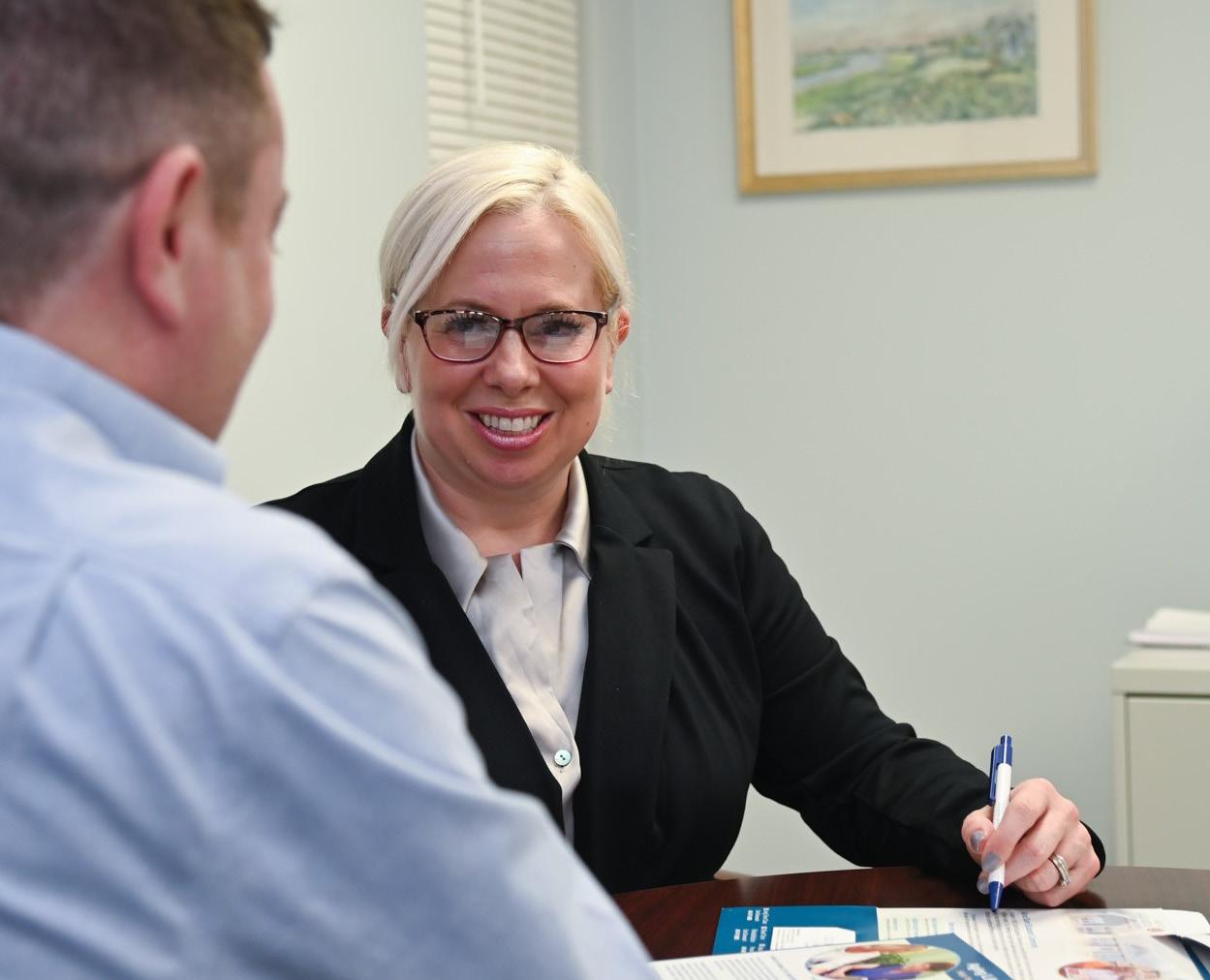
When to check for status changes
Taxpayers don’t need to check their refund status more than once a day. The IRS updates Where’s My Refund overnight in most cases. Calling the IRS won’t speed up a tax refund. The information available on Where’s My Refund is the same information available to IRS telephone assistors. Taxpayers should allow time for their bank or credit union to post the refund to their account or for it to arrive in the mail.
Timing of refunds
The IRS issues most refunds in fewer than 21 days. Some tax returns require more time to review, and this can delay a refund. It takes longer to process a return if:
• The tax return has errors, requires additional review or is incomplete.
• The return needs a correction to the Earned Income Tax Credit or Additional
Child Tax Credit
• The taxpayer filed their tax return on paper.
• The taxpayer filed an injured spouse.
The IRS will contact taxpayers by mail if more information is needed to process a return.
Refund less than expected
If a taxpayer refund isn’t what they expected, it may be due to changes made by the IRS. These changes could include corrections to Child Tax Credit or EITC amounts or an offset from all or part of the refund amount to pay past-due tax or debts. More information about reduced refunds is available on IRS.gov.
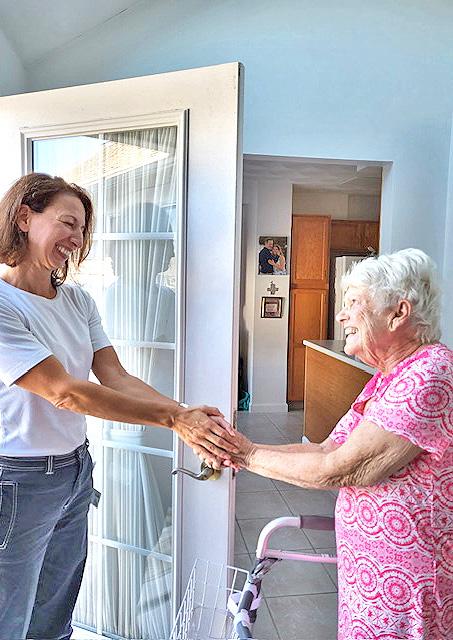
•Certified
•Individualized
•Crisis
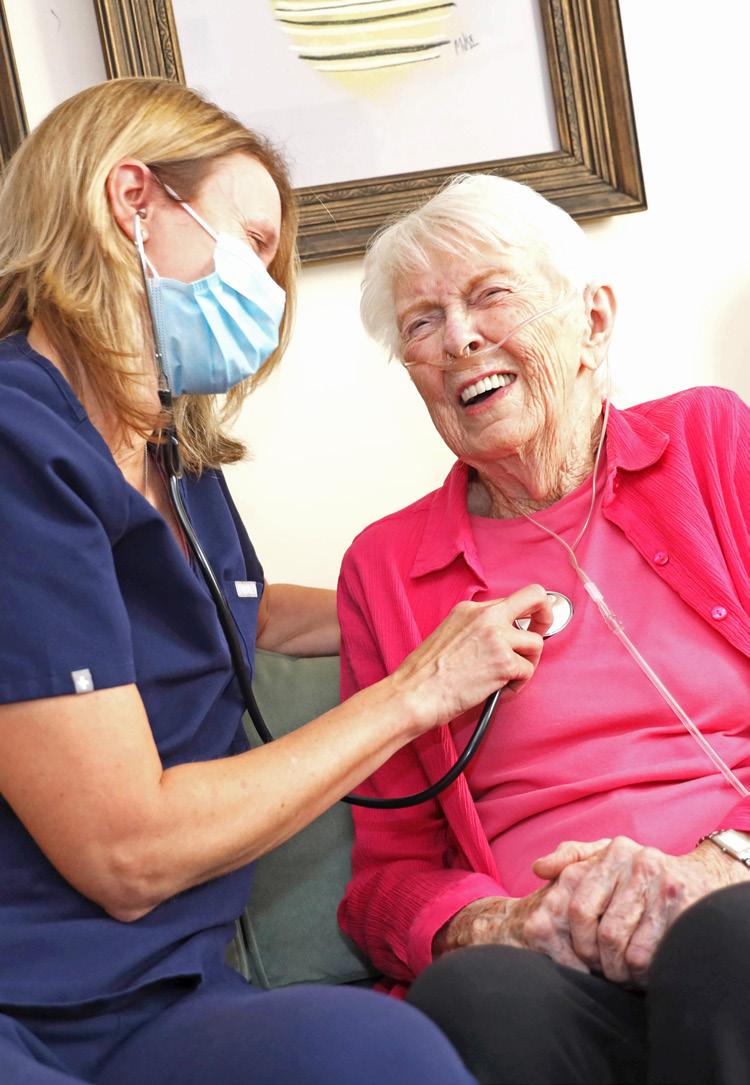
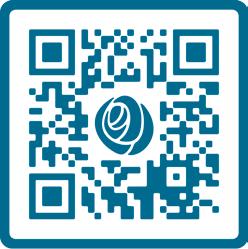

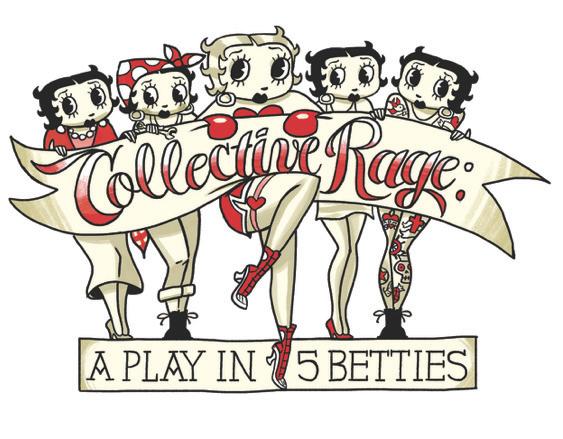
Remember the controversy over “The Vagina Monologues”?
Burbage Theatre Company brings us the Rhode Island Premiere of Jen Silverman’s “Collective Rage: A Play in 5 Betties”, which uses the slang term for the female body part ad nauseum while carrying the conversation to extremes.
I sat among a young, mostly female, audience that laughed loudly and often in response to the plethora of one-liners and tall tales relating to sex and the female anatomy.
Beneath the bawdiness lies the common themes of loneliness and lack of self-worth experienced by five young ladies of various sexual persuasions.
When the five Betties get together to put on a play based on the play within a play in Shakespeare’s “A Midsummers Nights Dream”, their journeys to discover more about themselves spurt out in a variety of ways.
Betty 1 (Melissa Penick) responds to her unhappy marriage with rage.
Betty 2 (Amie Lytle) is in a sexless marriage with no friends to share her unhappiness.
Betty 3 (Daria-Lyric Montaquila) is in a lesbian relationship and wants to be somebody.
Betty 4 (Nina Giselle) loves her truck and her girlfriend.
Betty 5 (Anna Basile) is the gender-neutral owner of a boxing gym.
Put them all together and you have a nuclear bomb to explode.
Act 1 of this 90 minute 2-act play sets the scene for the explosion. At times at bit too talky and striving for bawdy laughs (which they got), the dialogue cries out with their unhappiness and insecurity at every turn.
Act 2 brings it all together with the 5 Betties experiencing this “Queer and occasionally hazardous exploration” which is resolved in a powerful conclusion.
The acting is excellent and fast paced. The language is R rated, and this senior white heterosexual male, though feeling a bit uncomfortable among most of his audience members, got an education into how many young women view their roles in society today.
At Burbage Theatre Company, 59 Blackstone Ave., Pawtucket through April 21. Call 4840565 for reservations.
We enjoy Chinese or Thai cuisine at Lemongrass at least once a week, dining or taking out their delicious food.
We sampled their Japanese sushi samples at the Food Bank’s Empty Bowls fundraiser and were surprised at how much we enjoyed them.
Lemongrass has an open Japanese kitchen right in the middle of the restaurant. We decided to take the plunge-twice-and have now added Japanese to our list of must-have ethnic foods. Previously we had limited our choice to those touristy places where you sit around a grill while chefs cook shrimp and flip them into your shirt pocket.
We were ready for the real thing. First on our list was Seafood Mizo Soup (Shrimp, octopus and crabmeat in soybean broth ($5.50). Delicious, and a great way to start any meal.
Lemongrass’s Yum Yum Salad is just that. Yummy. Crabmeat, cucumber, spicy mayo and masago make for a light and tasty start.
On one visit we decided to share a meal
out of four popular appetizers. Our table looked like a Japanese buffet, enhanced with a variety of flavorful sauces, and for me a Japanese beer.
Sashami Appetizers ($10.50) consist of a large plate of raw tuna, salmon, and yellowfish with interesting garnishes.
Gyoza ($6.95) is pan fried shrimp dumplings with a sweet sauce. (I don’t know if it is kosher, but we mixed our sauces).
The plate of Vegetable Tempura ($5.95) was enough for a meal, with a huge variety of crispy mixed veggies with ginger.
Calamari Tempura completed the feast ($9.50). The crispy, tender squid had a ginger sauce that added to its enjoyment. Sauce. Onion, string beans, mushrooms, broccoli, and four delicious patties of sweet potato made for a special treat.
Now we’re ready to sample the plentiful array of classic and special rolls on the extensive menu. They even offer some that are gluten free. Lemongrass Asian Bistro is located at 1138 Post Rd., Warwick Closed Monday.


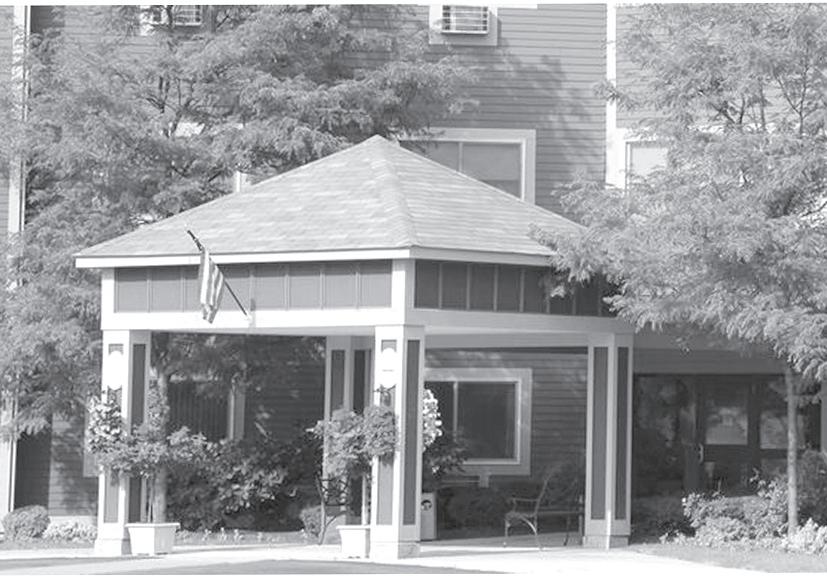



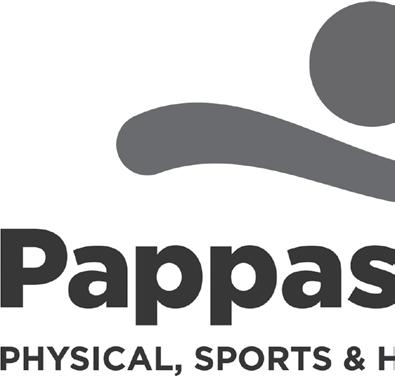
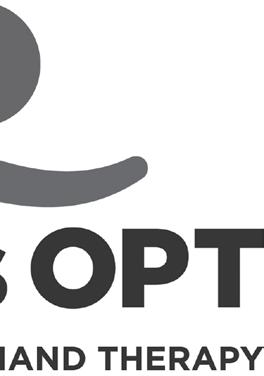
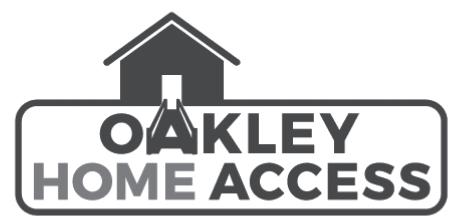



The foundation of healthy eating may include nutritious breakfasts, lunches and dinners, but just as important are the snacks in-between meals. Regardless of when or where you snack, encourage better-foryou eating habits with nutritious nibbles to power through your day.
According to an online survey conducted among 1,000 Americans ages 18 and older across the U.S. by Wakefield Research on behalf of the American Pecan Promotion Board, Americans love snacks, and reach for them an average of three times a day.
However, where and when those snacks are eaten can vary from on the move to on the couch, from sunrise to after bedtime. Nearly a third (30%) of respondents are munching on snacks while in bed, calling it their favorite snacking spot. However, only 35% of their snack choices are considered healthy.
Fueling busy days can be easy with an option like pecans. According to the survey, 66% of snackers enjoy pecans on their own with 58% eating them as part of a trail mix. If you’re among the 50% who reach for a snack in the late afternoon, you can turn to nutritious, satisfying solutions to indulge afternoon cravings without the guilt. With pleasing crunch, comforting creaminess and a satisfying chew, pecans are the “no sacrifice” nut that can punch up your routine with both delicious taste and plant-based nutrition.
Just a handful of pecans – about 19 halves – provides a good source of fiber, thiamin and zinc and an excellent source of copper and manganese, a mineral that’s essential for metabolism and bone health. They also provide a mix of protein and good fats – 18 grams of unsaturated fat, including oleic acid, and only 2 grams of unsaturated fat – to help keep you full and energized throughout the day.
As an added bonus, their versatility and easy-to-pair profile makes them a perfect ingredient in recipes you can prepare in a cinch. For bite-sized treats that are packed with flavor and perfect for snack time, these Pecan Chickpea Cookie Dough Bites swap out flour and sugar in favor of blended pecans, chickpeas, vanilla extract, cinnamon and sea salt with dark chocolate chips folded in for a sweet finishing touch.
Or you can simply toss warm pecans with olive oil and sea salt in this Roasted Pecans recipe for a grab-and-go snack that can be prepared in advance without worrying about spoiling. Another benefit of pecans: They can be stored in the refrigerator for up to 9 months or frozen up to 2 years, giving them a longer shelf life than many pantry favorites. Plus, they can be thawed and refrozen without losing flavor or texture.
To find more surprisingly delicious nutritional facts or recipe inspiration, visit EatPecans.com.









Surprise! And indeed, it was! Recently, my wife Kathy and my brothers and sisters-inlaws conspired to throw me a 75th birthday bash here in Florida. It was even more surprising since my birthday was more than a month ago on February 21st. And as the birthday banner and birthday cake proclaimed, it was time for a celebration of life.
Thankfully, I was spared the usual cards depicting negative references to aging. Although I need glasses, have hearing aids, thinning hair, and endured numerous life challenges, I have been blessed with the love and support of my family and friends to help me conquer life’s inevitable road blocks. That is my real gift.
My birthday gifts also included bottles of my favorite wine and scotch, and a fascinating fake newspaper front page titled, “75 Years Ago Back in 1949.” I’d like to share some of those “headlines” with you.
The minimum wage was .75 an hour (for an average annual income of $2,950); a loaf of bread was .13; a gallon of milk was .84; and a dozen eggs was .49. (It would have been a lot cheaper in 1949 to deal with the Blizzard of 1978 Memorial Food Panic).



A postage stamp cost .03; and a movie ticket was .46. Imagine, if you can, a new house costing an average of $7,450 and you could fill your car’s gas tank at .27 a gallon! Using 1949 math, it would cost you $4.50 to fill up your car with 15 gallons of gas, as opposed to approximately $3.50 today for a 15-gallon total of $52.50.
The NATO treaty was signed in 1949; the Republic of Ireland formally left the British Commonwealth; and the Cold War was just about to begin.
On the entertainment landscape, the Oscar for the best picture went to “Hamlet” and Laurence Olivier was named Best Actor in the film. Jane Wyman took home the Best Actress honor for her role in “Johnny Belinda” and John Huston was tabbed as Best Director for “The Treasure of Sierra Madre.”
In sports, The Minneapolis Lakers were NBA champs; the Philadelphia Eagles ruled the NFL; the NY Yankees won the World Series (the first of five consecutive crowns); and the Toronto Maples Leafs hoisted Lord Stanley’s NHL Cup.
Women’s styles were defined by shoulder pads, tailored waistlines, skirts above the knee (a hint of fashions to come), and wristlength gloves for shopping or those evenings out on the town. Men’s fashions featured fedora hats, knit V-neck vests, gaberdine jack-

ets and the hilariously-named Zoot suit. On a personal basis, I have been fortunate to live a rewarding life for three-quarters (yes, three-quarters) of a century. I grew up in a rented second-floor tenement in South Providence. I had jewelry manufacturing working class parents who stressed the value of education. Graduating from Classical High School was valuable preparation for pursuing a degree in Journalism and English. (I hope that I don’t make any grammatical errors in this column). I had a chance to put those skills to use as a communications professional for nearly 40 years. Those same skills have also served me well in continuing my second career, a freelance writing hobby which has led to publishing a few books and this monthly column for more than seven years.
I have been married for 53 years. Kathy is my lifelong companion, cheerleader, best friend, proofreader, editor, and literary critic. My children Kate, Matthew, and Benjamin are self-reliant, compassionate, loving, and respectful persons. They grew up in homes we owned, with expansive yards to play in.
Kate and her husband, Ray, have blessed us with three grandchildren, twenty-year- old twins Katharine and Sophia and grandson, Nicholas, age 14. Benjamin and Renee are the proud parents of Benjamin, Jr., age five and Lorelai, age two. While Kate’s family lives in Rhode Island, Matt lives in Nevada and Ben and Renee in New Jersey. We cherish the opportunities to get together from time to time during the year.
Kathy and I took a 35-day cross-country drive when we retired and we have been able to visit many countries in Europe and the Caribbean. We spend our winters in the Florida sunshine and away from the whims of a New England winter. We have been very fortunate.
Me? From time to time I remember the Chinese adage, “May you live in interesting times.” I sure have and have been very lucky along the way.
Larry Grimaldi is a freelance writer from North Providence. Many of his previous PrimeTime columns have been re-issued in the anthologies, “50 Shades of Life, Love, and Laughter” and “50 Shades of Life, Love, and Laughter, Volume II.” Columns published in these books are used with the permission of Beacon Communications. For more information about these books, or any of his other books, e-mail lvgrimaldi49@gmail.com.
Larry Grimaldi of North Providence has released his new book, “50 Shades of Life, Love, and Laughter, Volume II”, published by Stillwater Books of West Warwick.
As with Volume I, the book is a collection of monthly columns which have appeared in “PrimeTime” editions of regional newspapers published by Beacon Communications. Volume II also features some previously unreleased essays and poetry.
Grimaldi also co-authored “Wandering Across America,” a chronicle of his cross-country drive with his wife, Kathy; and a cookbook titled, “Cooking With Mammie” with his wife, and grandchildren Katharine, Sophia, and Nicholas Bianchi.
All books are available on Amazon. com, or by e-mailing lvgrimaldi49@ gmail.com